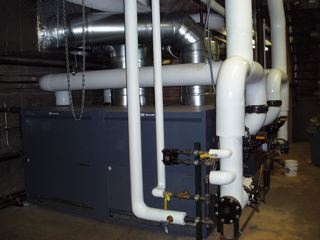
Pit fired pottery is the oldest known method of firing clay-- and the ultimate source of all the modern firing variations used by potters. Unfired pots are nestled together in a pit in the ground and are then covered with burnable materials such as wood shavings, leaves, metal oxides, salts, sawdust and dried manure. The top of the pit may be protected with moist clay, shards, larger pieces of wood or metal baffles. The filled pit is then set on fire and carefully tended until most of the inner fuel has been consumed. The final pit temperature is generally low to moderate, approaching 2000 °F (1100 °C). This is in the range of temperatures used by ancient Native American potters or modern craftsmen producing earthenware. After cooling, pots are removed and cleaned to reveal dramatic patterns and colors left by ash and salt deposits. Pots may then be waxed and buffed to create a smooth glossy finish. Other traditional pottery processes which have been revived or modified by modern potters include the Asian technique of raku, the use of containers known as saggars in gas and wood fired kilns, and the use of salt as a glaze raw material.

No comments:
Post a Comment